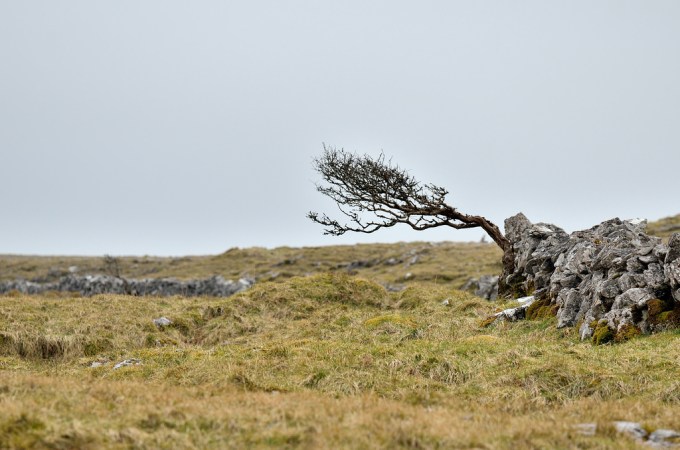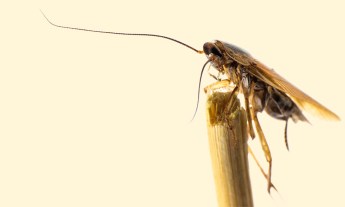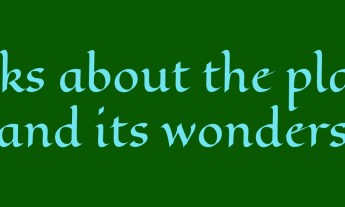
Deborah Gordon studies ants and the way they form networks to get things done. Like nodes on the internet, individual ants organize into large, complex systems by passing simple signals back and forth. We’re encouraged to call this the “Anternet,” and Gordon and her collaborators are thinking in terms of network theory — studying how ants create resilient, productive networks that recover quickly from blockages and failures, without a central guiding intelligence telling them what to do at every moment.
As she asks in her talk: If ants can build a robust and repairable network, what else are they doing better than humans are, and how can we learn it from them?
One answer to this question is inspired by a throwaway line in Gordon’s talk — a line that’s just this side of being a “seductive detail,” interesting but not entirely relevant.
It’s when Gordon is talking about her visit to Wallops Flight Facility in Virginia to supervise the launch of her latest ant project into space, to live at the International Space Station. When she gets there she finds out, the ants’ habitat is to be mounted vertically to a wall. It’s not what she expected. She’s worried the ants will be forced to tunnel upside down. And then she remembers: These ants are going to space; there’s no upside down in space!
If the ants’ habitat is flipped upside down and sideways, they’ll still build, in whatever direction they can, and get things done. This is something humans can learn from ants — and many clues point to the idea that we’re ready to.
In pop management writing we’re starting to see explorations of unexpected structures — decentralized structures, with decision-making pushed out of the middle. See this week’s story from 99U about a submarine commander who used simple language tweaks to broaden his command-and-control structure. Now, for instance, his navigator, instead of asking for “permission to turn 3 degrees to port,” and waiting for the commander’s explicit okay, will say, “I intend to turn 3 degrees to port” and wait for a confirmation. This tweak maintains the shared responsibility of running the sub, but lodges the decision-making further down the chain of command, in the hands of the specialist who’s best qualified to make the decision.
Former military commander Stanley McChrystal talks about a similar thing in his latest TED Talk — how shared information can create a network of people who know what they need to know to make decisions, versus a top-down tree where information is closely held and rationed out. (Interesting that both compelling examples are coming from the military.) The org chart McChrystal shows in his talk doesn’t look like a stack of top-down ladders, but more like a plot of interconnected ant colonies where some of the members are cousins.
Meanwhile, everyone who manages people (or is managed) has at least read a Medium post or two on Holacracy, an alternative management structure that decentralizes power to a near-radical degree, turning every worker ant into a node of power. It looks like hard work, being honest; anyone who works in an office or a school knows intuitively that command-and-control does not go away without a fight. Committing to Holacracy feels like it’d be like committing to a raw-food diet — you’ll feel amazing, but you’re pretty much thinking about food, preparing food, eating food or digesting food every waking moment.
Ants can get it wrong too, of course. When Ant A and Ant B pass a simple signal to one another, and get it wrong, the next thing you know: ant vortex. But it’s certainly instructive to study the times they get it right.
[ted id=1995]
Photo: Cosmo_71 on Flickr.



















